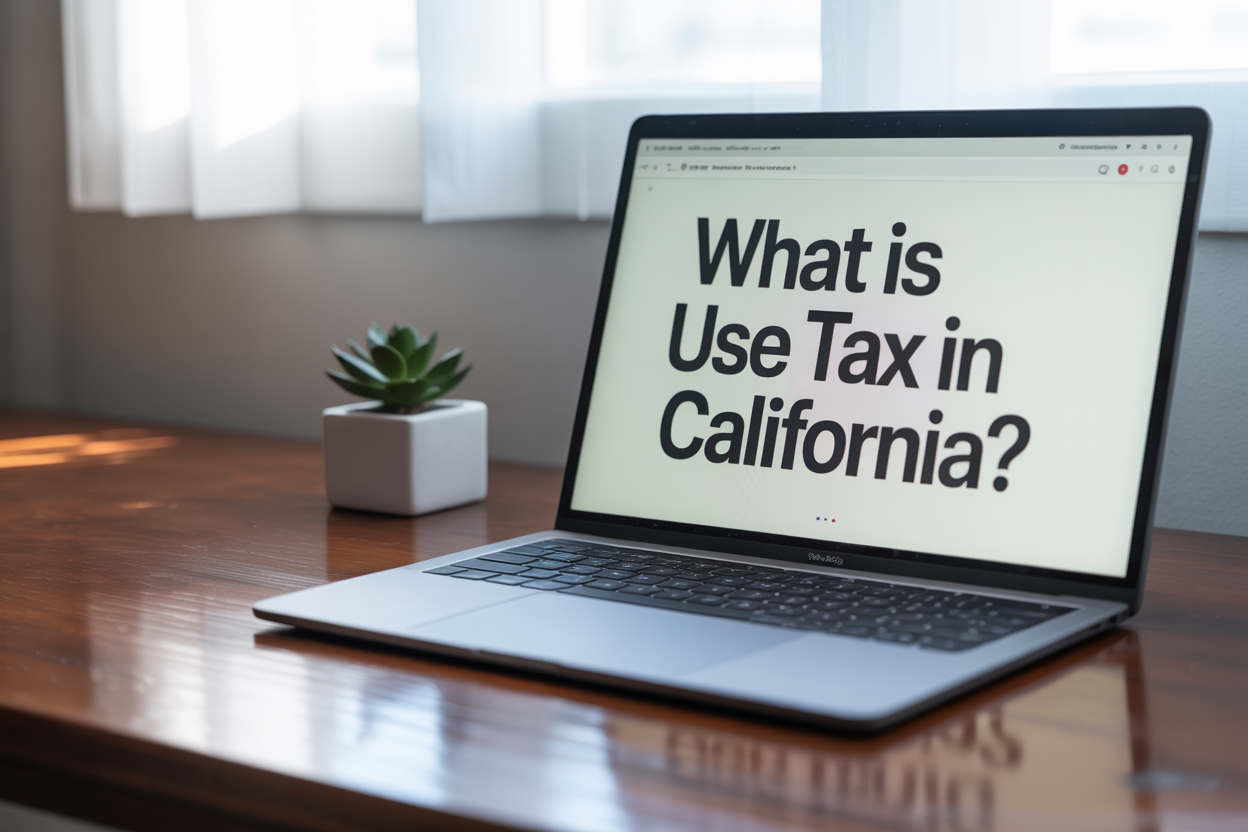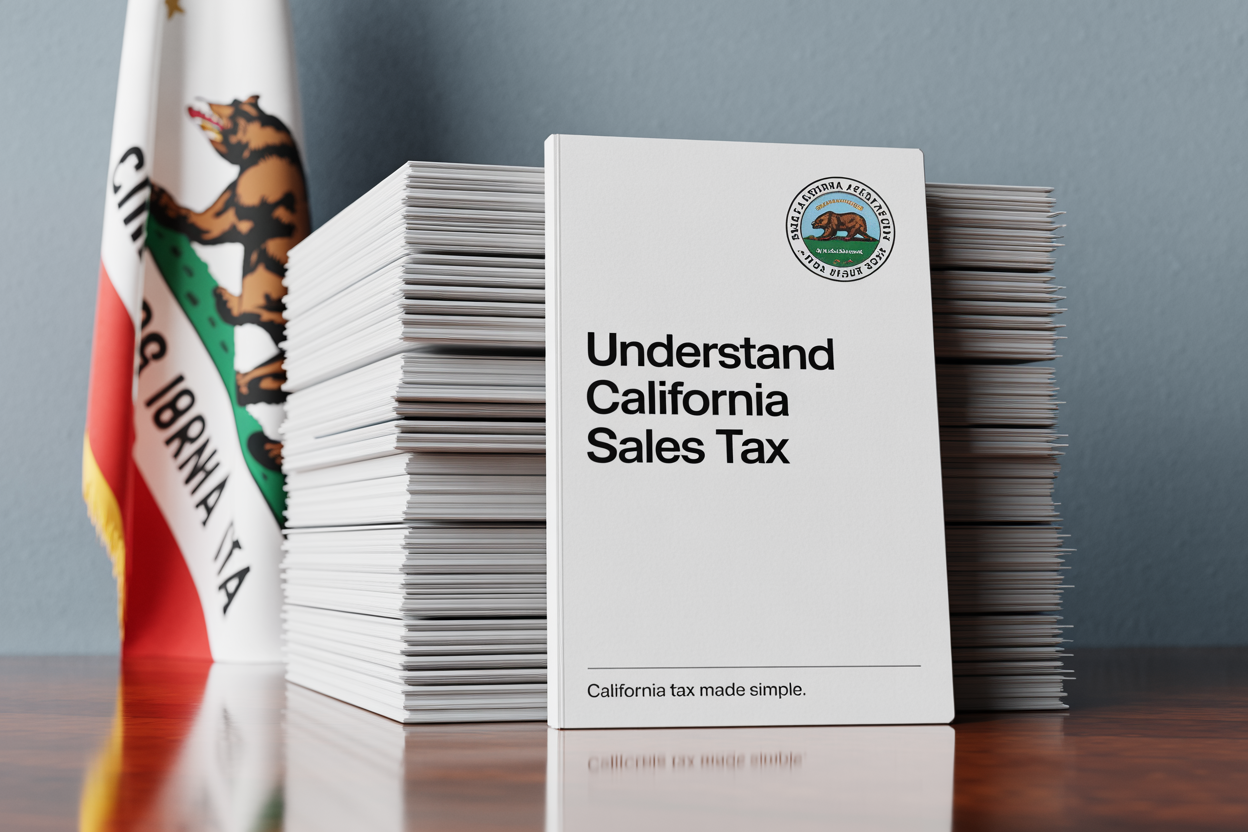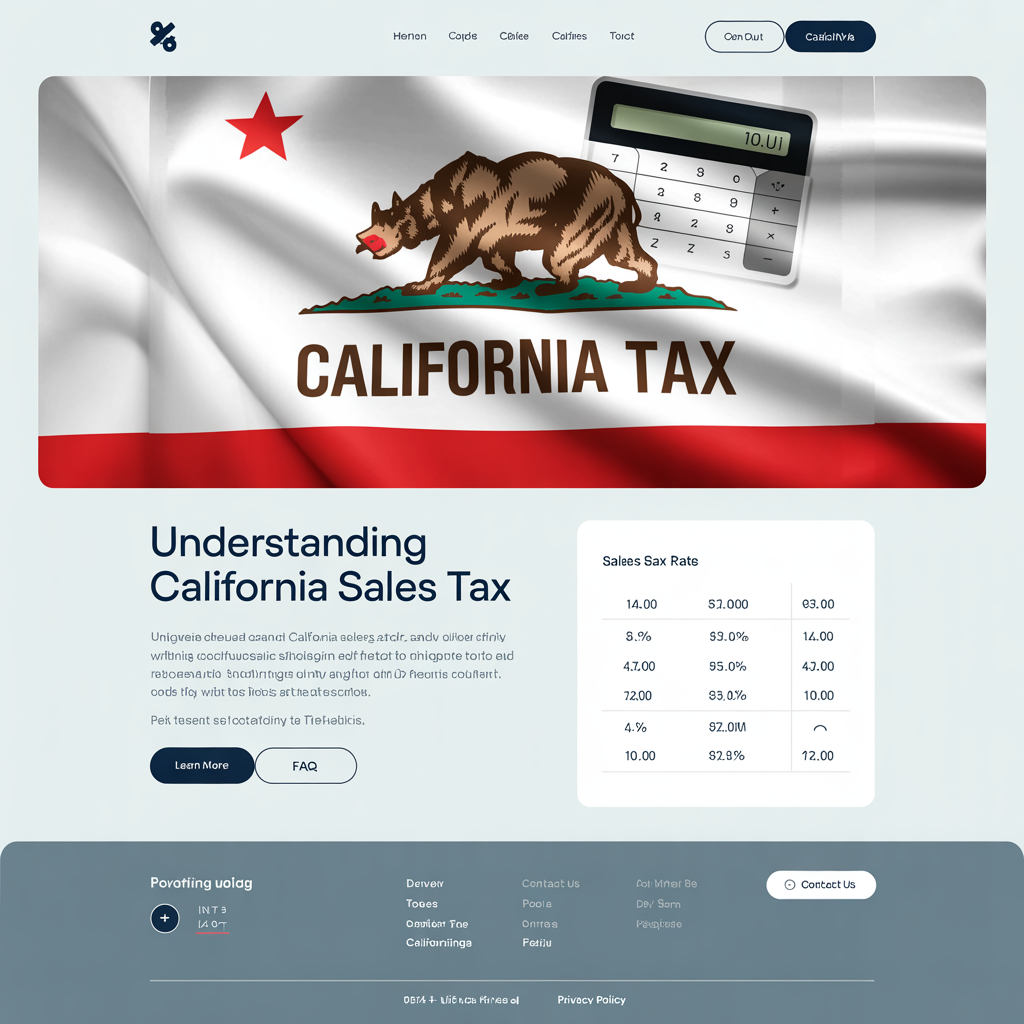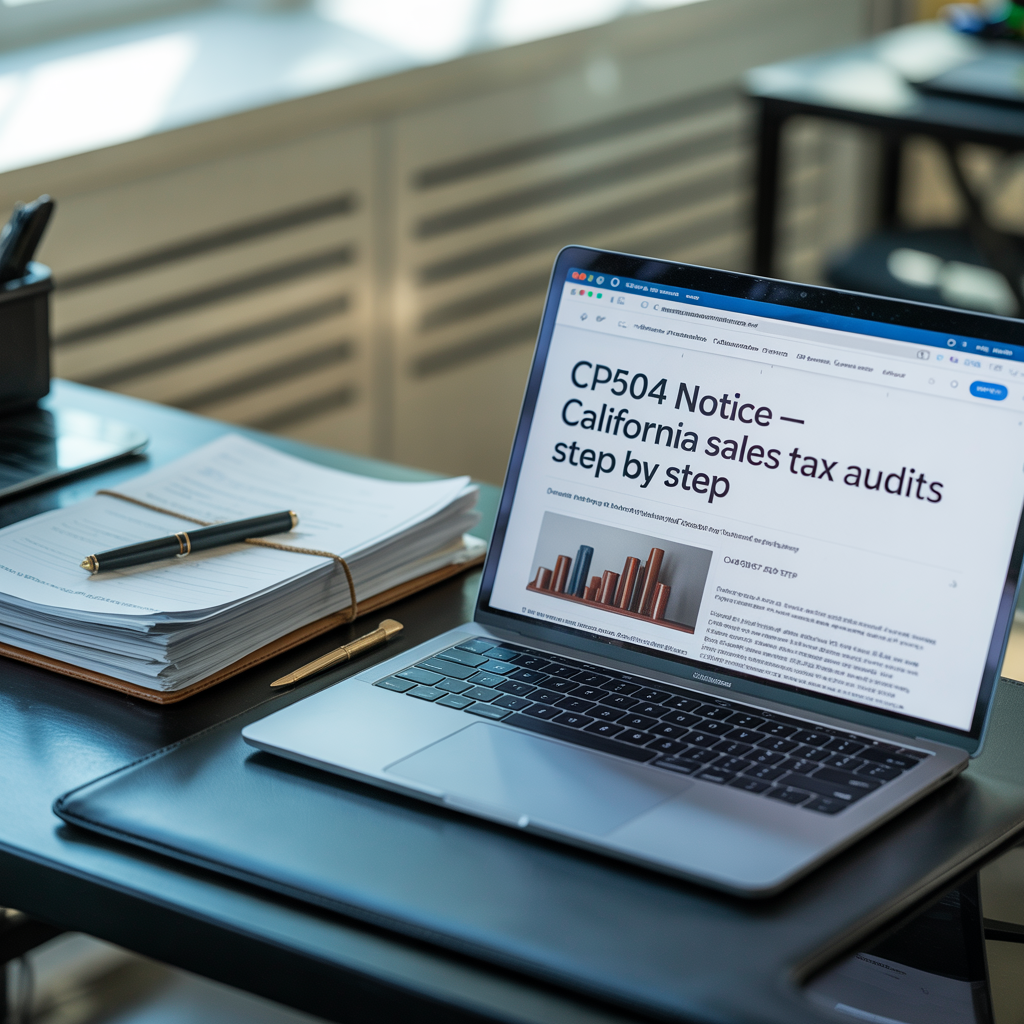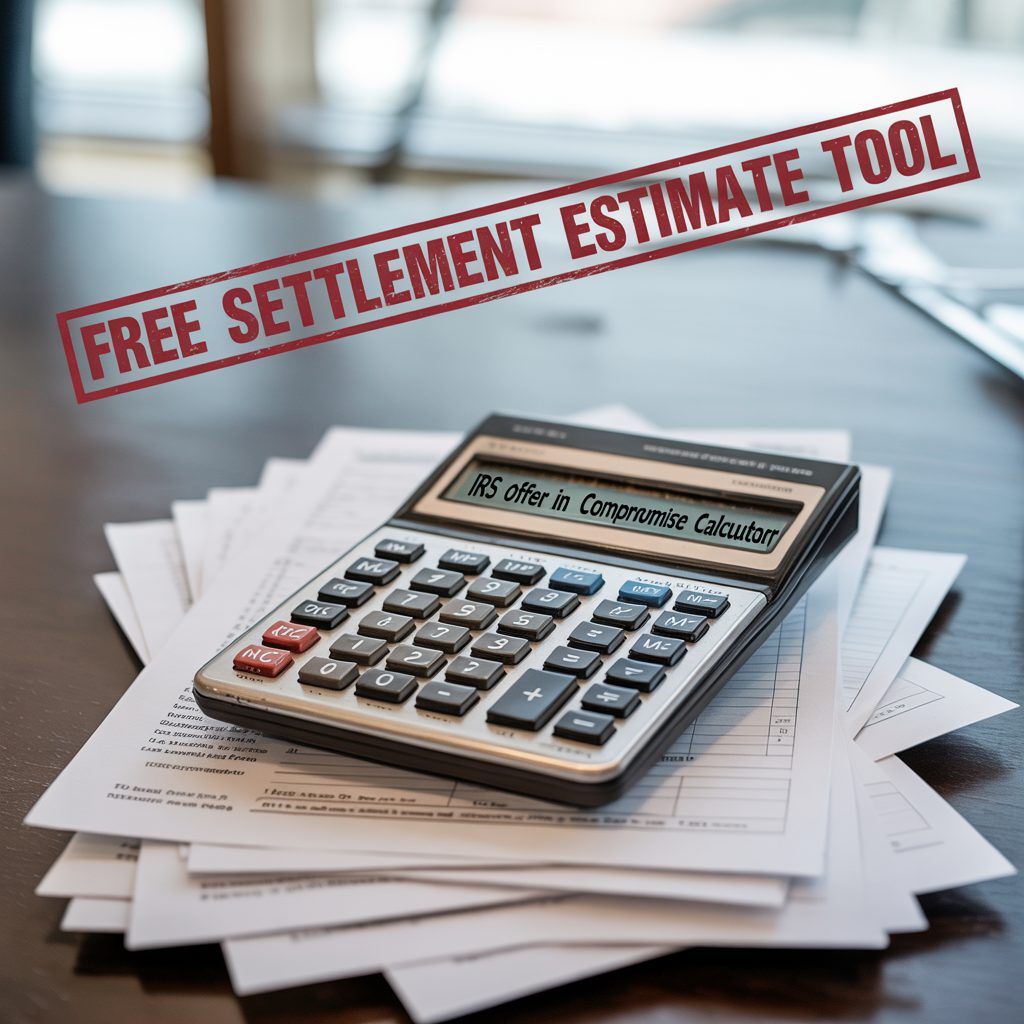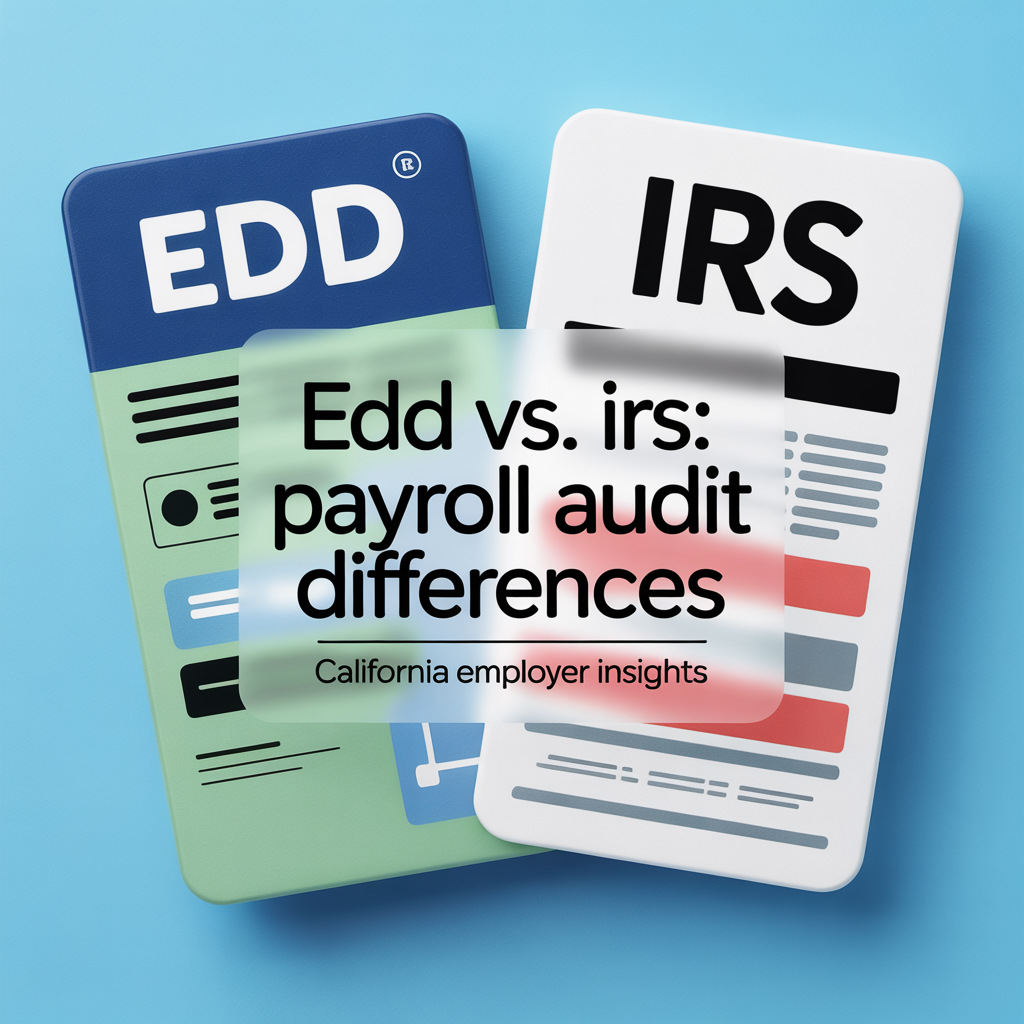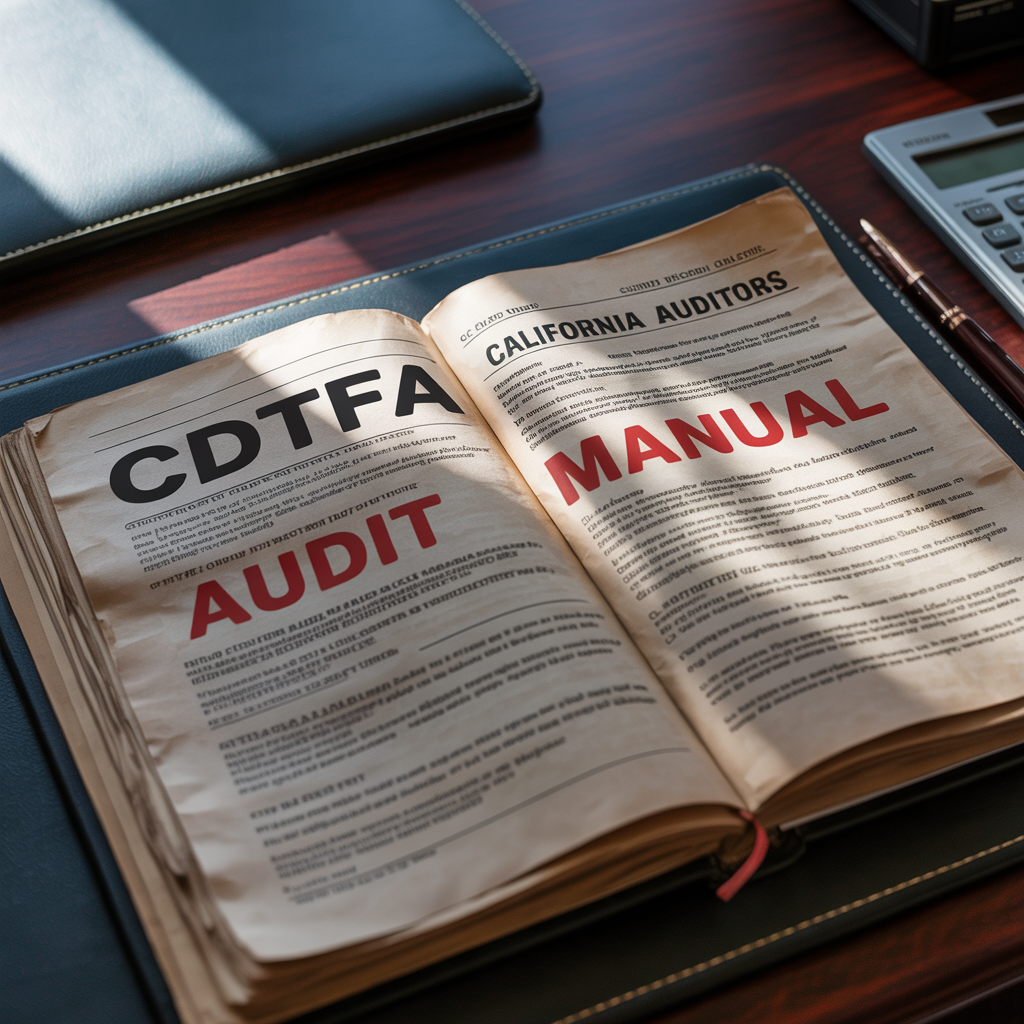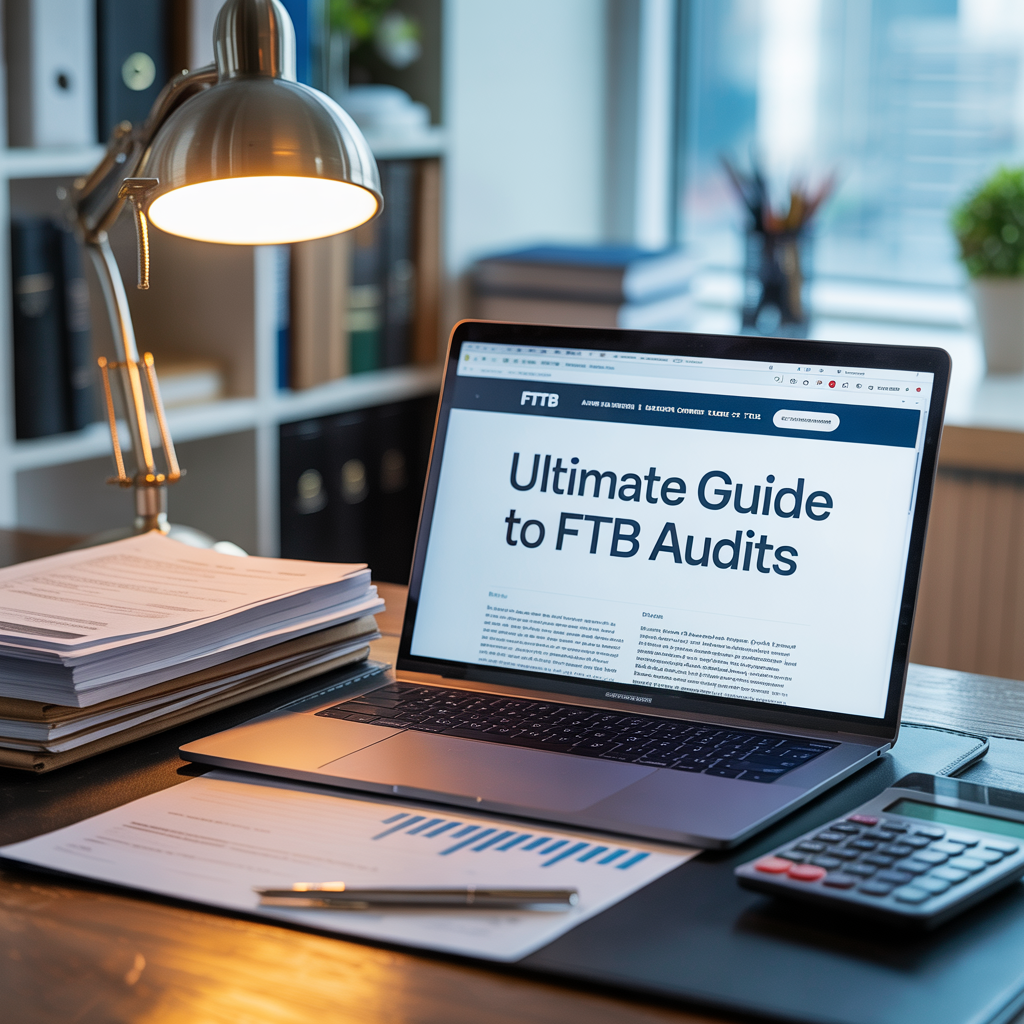IRS Lien Withdrawal vs Release – Which One Do You Need

| Action | Lien Status | Public Record | Impact on Credit |
|---|---|---|---|
| Release | Lien no longer enforceable | NFTL still visible | May still affect lending |
| Withdrawal | Removes the NFTL entirely | Public record erased | Improves credit positioning |
Paying the Tax Isn’t Always Enough—Here’s What Comes Next
If the IRS lien filed against you, resolving the debt is only part of the equation. Once the lien is satisfied, you’ll still need to decide whether to pursue a release, a withdrawal, or both.
While many taxpayers assume these terms are interchangeable, they are very different actions—and choosing the right one can make or break your ability to sell property, apply for loans, or restore your credit.
This post breaks down the differences, when each one applies, and how to request them from the IRS.
What Is an IRS Lien Release?
A lien release removes the IRS’s legal claim to your property. It occurs when:
- You’ve paid the tax debt in full
- You’ve completed an Offer in Compromise
- The collection statute (CSED) expires and the debt is no longer enforceable
The IRS will issue Form 668(Z) – Certificate of Release of Federal Tax Lien.
Related: getting a lien released after settlement – What You Need to Know
What Is a Lien Withdrawal?
A lien withdrawal removes the public notice (NFTL) entirely, as if it was never filed. This is often needed when:
- You’re entering a qualifying Direct Debit Installment Agreement
- You paid the balance and want the lien removed from credit reports and title databases
- The IRS filed the lien in error
- A lien filing prevented you from staying in compliance
You must file Form 12277 – Application for Withdrawal of Filed Notice of Federal Tax Lien to request this.
Key Differences: Withdrawal vs Release
Related: IRS lien vs judgment lien – What’s the Difference?
When Should You Request Both?
If you’ve paid your tax debt but the lien is still harming your ability to:
- Sell property
- Apply for a mortgage
- Rebuild credit
…you should request both a lien release and a withdrawal.
You’ll use:
- Form 668(Z) (IRS issues this upon release)
- Form 12277 (you must request this for withdrawal)
When You’re Eligible for Withdrawal (Even If You Haven’t Paid in Full)
The IRS may approve a lien withdrawal if:
- You owe $25,000 or less
- You’ve entered a Direct Debit Installment Agreement
- You’ve made at least three payments
- You’re in full compliance with current taxes
Failing to resolve liens could also expose you to IRS wage garnishment enforcement or an IRS notice of intent to levy—serious actions that impact wages and bank accounts if left unchecked.
We Help Orange County Taxpayers Navigate Lien Removal the Right Way
At Boulanger CPA and Consulting PC, we help individuals and business owners:
- Determine eligibility for lien withdrawal
- File all necessary IRS forms correctly
- Coordinate with escrow, title, and lenders
- Monitor IRS processing and follow-up
📞 Call (657) 218-5700 or schedule a lien strategy call at www.orangecounty.cpa
Don’t let unresolved liens block your future financial moves. For in-depth strategies on protecting your property and credit, learn more in Defend What’s Yours.
Frequently Asked Questions
What is an IRS lien release?
A lien release occurs when the IRS tax debt is fully satisfied, settled, or legally unenforceable. The IRS removes its claim, but the lien may still appear in public records.
What is an IRS lien withdrawal?
A lien withdrawal removes the lien notice from public records as though it was never filed. This can help restore credit and make refinancing or selling property easier.
When does the IRS issue a lien release automatically?
The IRS must release a lien within 30 days after the debt is paid in full, settled with an Offer in Compromise, or determined unenforceable by statute.
How do I qualify for lien withdrawal?
You may qualify if you’ve entered into a Direct Debit Installment Agreement, settled through an OIC, or if withdrawal is in the government’s best interest and facilitates collection.
Which option helps credit more?
A withdrawal is generally better for credit because it removes the lien from public records. A release only marks the lien as satisfied but leaves a trace in property records.
Can I request both release and withdrawal?
Yes. If you pay off the debt, you receive a release automatically. You can also separately request withdrawal to eliminate the lien from public records.
Does California treat IRS liens differently?
No. IRS lien rules are federal, but California property transactions require that liens be cleared or addressed before closing.
Should I hire a professional for lien withdrawal or release?
Yes. Professional guidance ensures paperwork is filed correctly and increases the chance of quick removal from records.
📣 About the Author
Marc Boulanger, CPA is the founder of Boulanger CPA and Consulting PC, a boutique tax resolution firm based in Orange County, California and trusted by high-income individuals and business owners across Southern California.
With over a decade of experience resolving high-stakes IRS and State tax matters, Marc brings strategic insight to complex cases involving wage garnishments, bank levies, unfiled returns, and six-figure tax debts. He is known for helping clients reduce or eliminate tax liabilities through expertly negotiated settlements and compliance plans.
Marc is a Certified Public Accountant licensed in California and Oklahoma and holds the designation of Certified Tax Representation Consultant. He is a member of the American Society of Tax Problem Solvers (ASTPS) — the national organization founded by the educators and practitioners who have trained thousands of CPAs, EAs, and tax attorneys in IRS representation strategy.
Every case is handled with discretion, proven methodology, and direct CPA-led representation — not call center scripts.
📍 Learn more at www.orangecounty.cpa or call (657) 218-5700.

